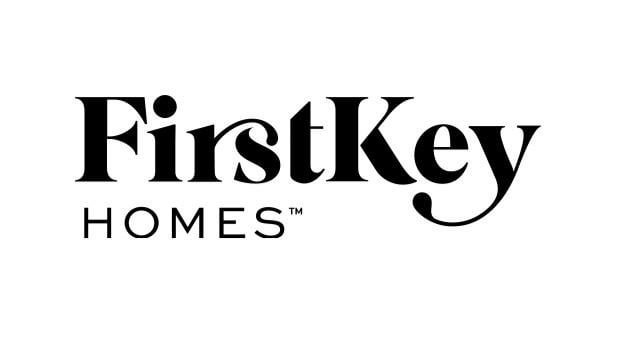
Over 12 months, I worked with the Kool Source, and built a hyper-localized Google Ads engine for FirstKey Homes across 110+ U.S. markets. By pairing market-specific Search with Performance Max (PMax), dynamic landing routes, CPA-targeted bidding, and conversion-grade tracking, we turned fragmented demand into a scalable pipeline: ~3,500 leads/month at $28.30 CPL, converting to ~650–750 leases/month.

© 2025 HoustonB. All rights reserved.